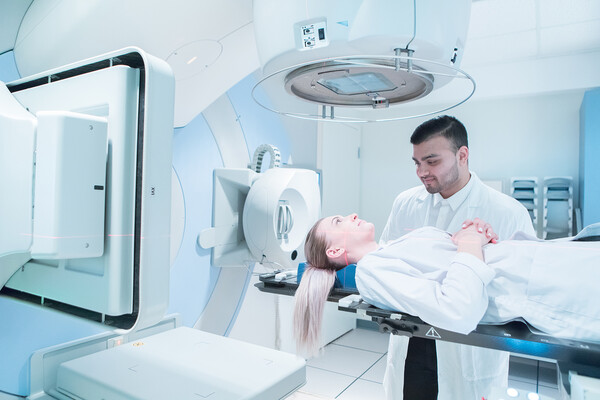Breadcrumbs
Student Profile - Matthew Magliozzi
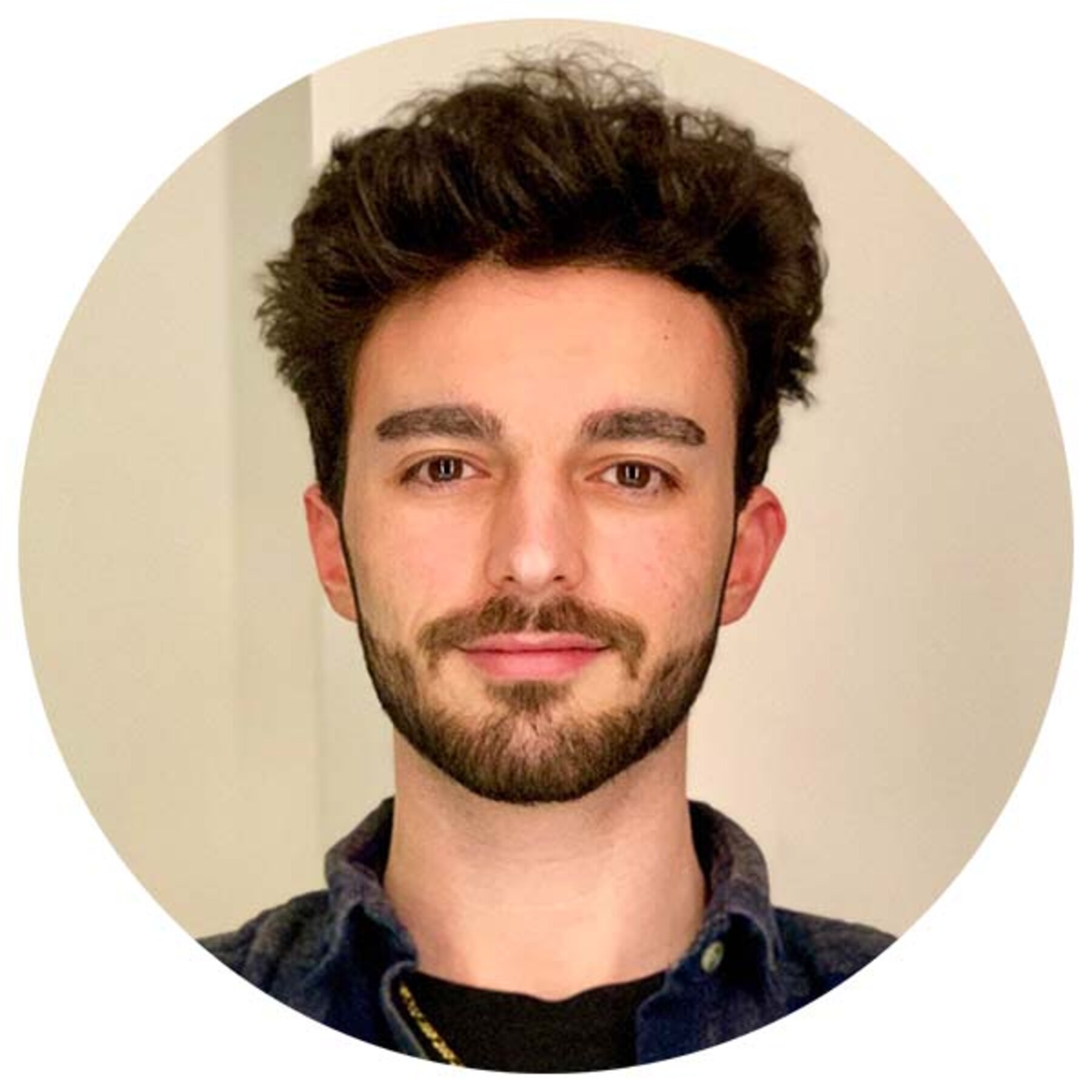
Matthew Magliozzi
MRS Class of 2022 (Radiation Therapy)
Clinical Site: Princess Margaret Cancer Centre
Hometown: Brampton, ON
What and where did you study before joining MRS?
Prior to the start of this MRS program, I completed a 4-year, Honours Bachelor of Science (HBSc), undergraduate degree at the University of Guelph, in Human Kinetics. This degree was a great starting point to establish which fields of interest and career pathways I wanted to pursue. With exposure to classes such as Anatomy, Physics, and Human Physiology, I was able to realise that I wanted to pursue a career in Radiation Therapy.
How has MRS been different than your previous program of study?
This MRS program has been a unique experience compared to my previous education at the University of Guelph. One of the biggest differences for me was the small class sizes. My Radiation Therapy stream had 44 students, while my MRS program year had under 100 students. These smaller class sizes were great to professionally and socially connect with other classmates and professors.
Another difference that stood out to me was the relevance of the course content. I felt that the labs had all the necessary equipment/machines and were relevant with hands-on experience to prepare me for clinic, while the classes only taught content that was relevant to my future as a Radiation Therapist. I felt that my first undergraduate degree allowed me to explore many different science pathways, while this program is very specific to the profession.
What attracted you to the MRS program?
While researching for programs after my first degree, I felt that this MRS program stood out to me for many reasons. One of the key factors that attracted me to the program was the unique clinical and lab experience. Having the opportunity to be on your feet during the day with the element of daily problem solving, was something that I was looking for when searching for a program and career. In Radiation Therapy, we are constantly on our feet during the day, as we are constantly aiding to patient needs and problem-solving for unique patient cases. There is a lot of application of knowledge required and it is a challenging work environment, which is what I was looking for in a career.
What has been the most unexpected/rewarding aspect of the program so far?
The most unexpected, yet rewarding aspect of the program so far has been the opportunity for extracurriculars and the sense of community. Considering this is a smaller program, there are many opportunities to meet and build relationships with all your classmates. As a result, I felt more embraced within the MRS community, which made me want to get more involved with committees, join the MRS student society (Medical Radiation Sciences Society), and volunteer with the MRS program admissions and recruitment (Summer Mentorship Program, student-student recruitment sessions, etc.). This is different from my past undergraduate degree, where I mainly focused on academics and did not get involved with too many extracurricular activities.
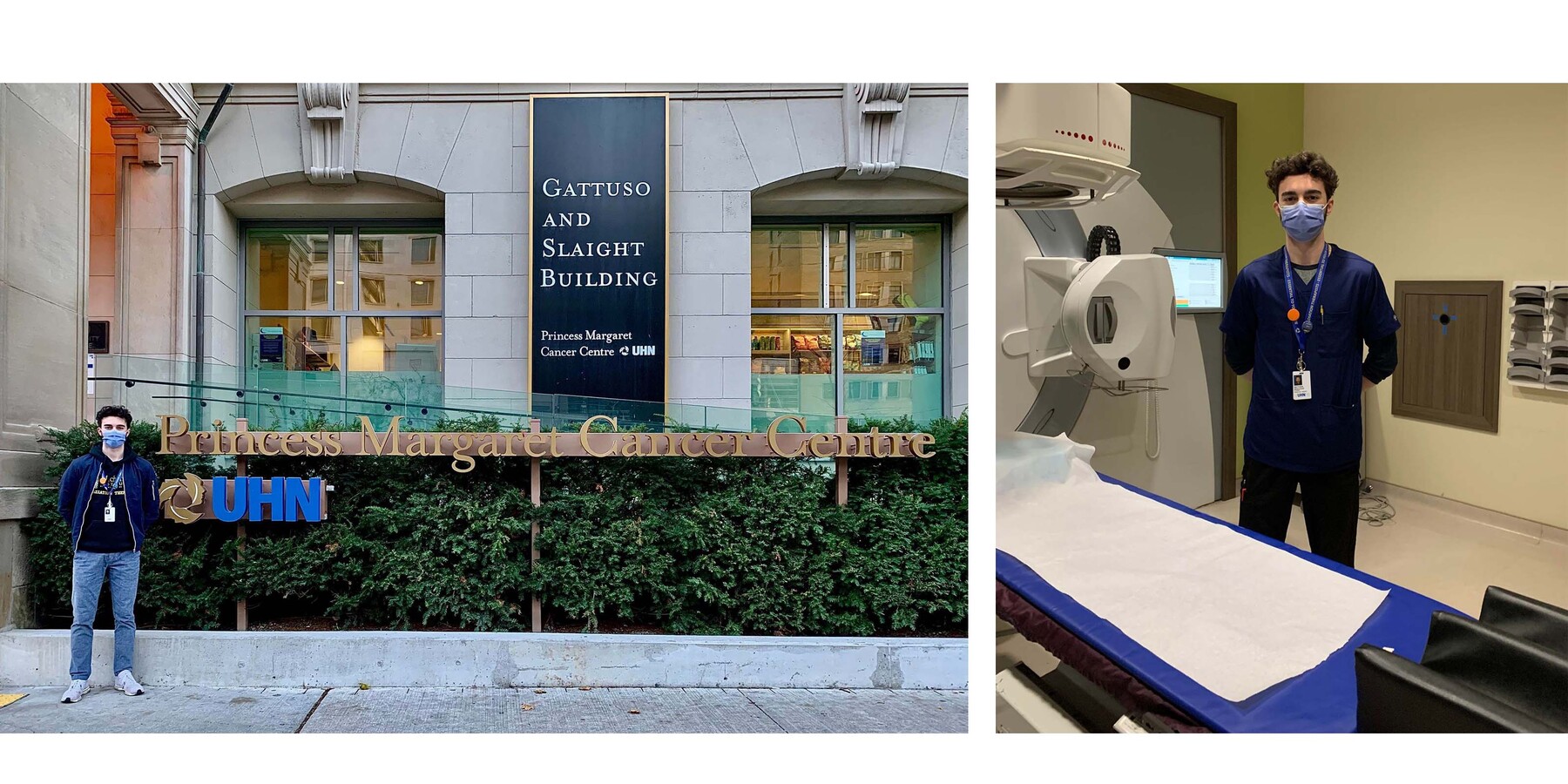
What is your average day like during your clinical placement?
As a student at the Princess Margaret Cancer Centre, my shifts are weekly from Monday to Friday. My day typically begins at 8:00 am and ends at 4:00 pm, unless I come in early for Quality Assurance (QA). The QA process occurs every day and begins at 7:30 am. My role as a student is to assist in all mandatory tests and ensure that the machine and/or all associated safety components are properly functioning. Once the QA process is complete, the first patient arrives around 8:00 am. My role as a student is to mainly assist with the daily treatment set-up for the patients on my unit and to safely deliver the Radiation Therapy treatment. However, Radiation Therapy treatment is a holistic experience, which requires me to partake in Cone Beam CT (CBCT) image assessments/matching, electronic patient documentation, patient symptom assessments, side effect management strategies/recommendations, and first day/last day patient education.
Does your clinical site offer any unique experiences or opportunities that are of special interest to you?
At Princess Margaret, I have had the opportunity to explore many interprofessional and/or unique opportunities with the dental clinic, brachytherapy treatment unit, orthovoltage treatment unit, pre-treatment CT simulation units, and Gamaknife treatment unit. In addition to these placements, I have also had the opportunity to attend patient rounds, where complicated patient cases are discussed and resolved with an interprofessional team of health care professionals including Doctors, Physicists, and Radiation Therapists. Aside from these opportunities, the MRS program also offers a research course in the third year of study. This research course has been amazing to allow me to pursue a research project within the clinical environment.
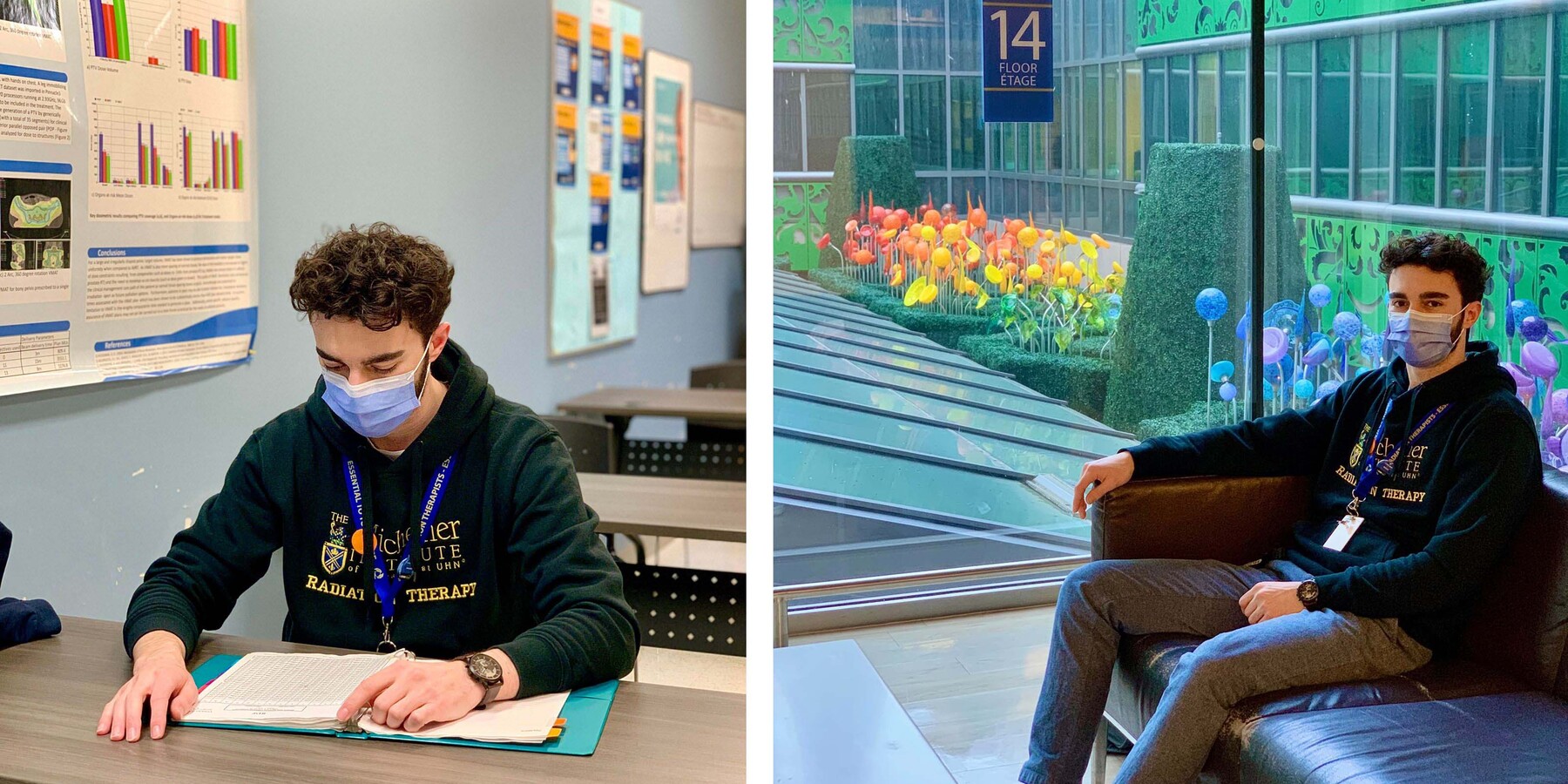
Have you had a meaningful or memorable interaction with a patient? Can you tell us about it?
There have been many memorable patient interactions within my first 2 rotations at Princess Margaret. Typically, there are 3-4 staff per unit with 1 student, and the staff can often rotate to different units or divisions within the department. As a student, I feel we have a great opportunity to connect with patients, as we are often the more regular “Therapists” on the unit that the patients can recognize. In Radiation Therapy, the typical patient treatment trajectory can last from 3-5 weeks. As a result, building rapport, being sociable and approachable are all important factors to consider.
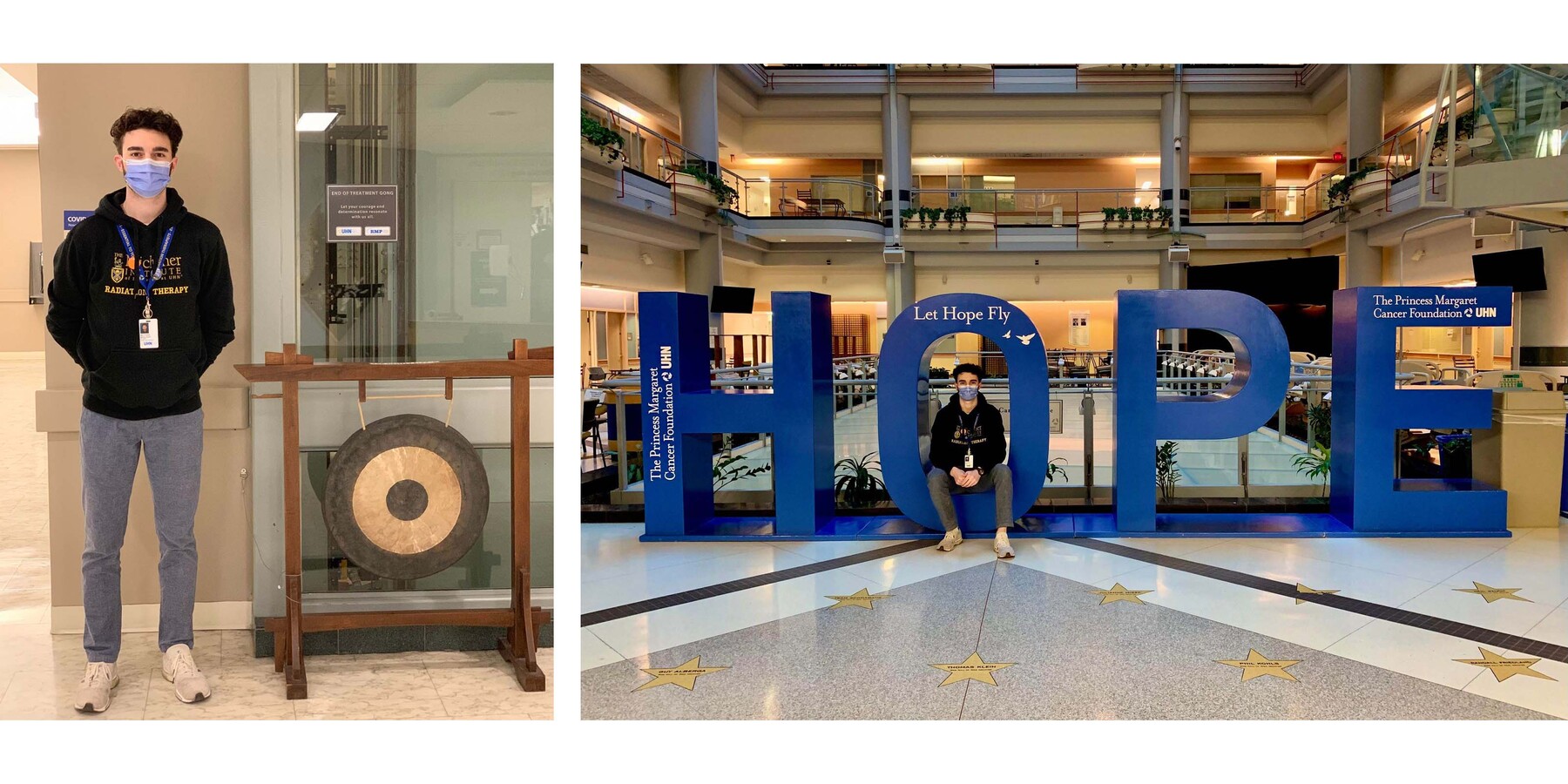
What are your plans for the future?
My future aspirations would include becoming an MRT(T) and working within a great hospital environment, such as Princess Margaret. I also have a profound interest in research, and thus advancing my career to include a component of clinical cancer research would be amazing. Obtaining an MSc or MRI certification might also be a key component to help achieve these future aspirations.
What advice would you like to share with prospective MRS students?
This MRS program has a lot of amazing opportunities through both the University of Toronto and the Michener Institute, so I would recommend getting as involved as possible within the MRS community. Whether you decide to join a club, a committee, or decide to volunteer, the more involved you are within the community, the better your experience will be within the program. Good luck and have fun!

